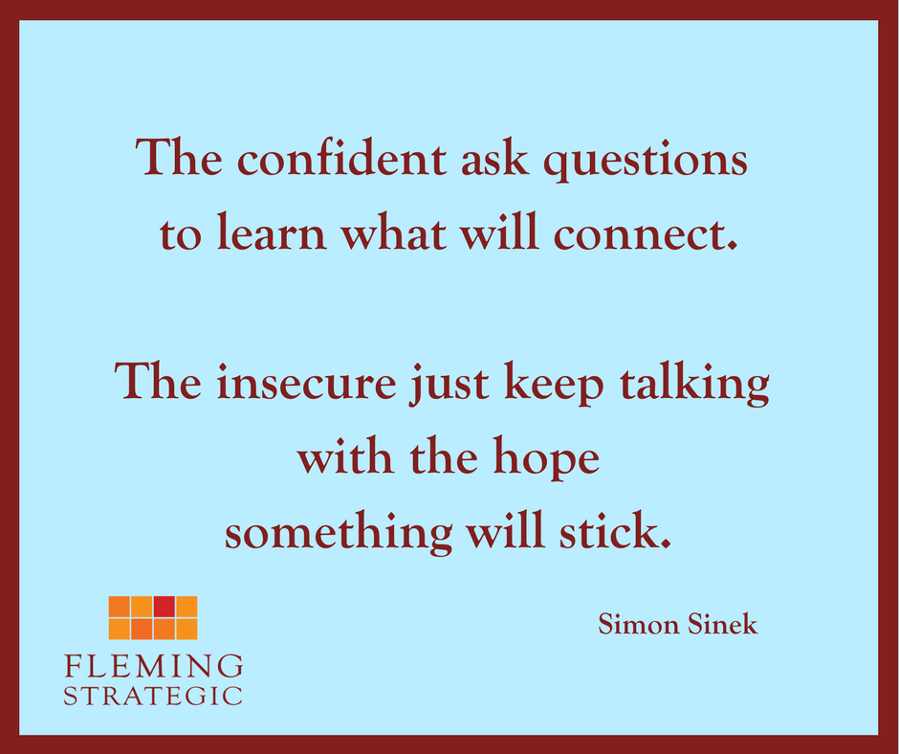As a young litigation associate (about a million years ago!), I found tremendous benefit in getting feedback from a more senior lawyer who routinely observed my performance. The same was true as I moved into coaching, and even now, after more than fifteen years of coaching others, whenever I get feedback following observation, I always have new insight that helps me to improve.
Observation by supervisors is built in some way into almost every kind of professional role. Whether it’s business development skills, performing the responsibilities of your job, your leadership presence, or anything else, feedback is one of the fastest possible routes to improvement…
But getting feedback on business development activities can be tricky. Much of the time is spent in solo pursuits that make it difficult for anyone to have access to real-time performance. Fortunately, you can become your own observer and provide your own feedback.
Being both actor and observer can be difficult, but if you identify a single behavior that you want to improve and focus on that, you’ll likely find it easier than you might imagine. For example, let’s imagine that you’ve noticed (or someone has told you) that you have a habit of getting excited and interrupting other speakers. Your motivation may well be good, but the behavior is disruptive and can come across as disrespectful, so breaking it will likely improve your performance. You might decide to make a tick mark on your notepad each time you catch yourself interrupting in a meeting, with the goal of seeing a declining number of marks over time. Once you get a handle on that behavior, then you can identify and move on to something else.
If you have an opportunity to get external feedback, do. Meanwhile, try this exercise: choose one discrete aspect of your business development skills or habits that you’d like to improve. Then identify ways to get clear on your current performance level and ways to track improvement. Track yourself for a week to a month, depending on the magnitude of the behavior you’re observing, and see what changes you notice.


